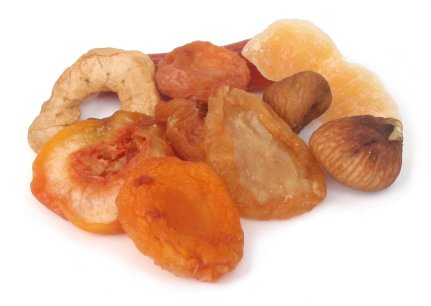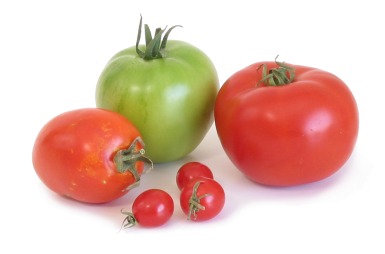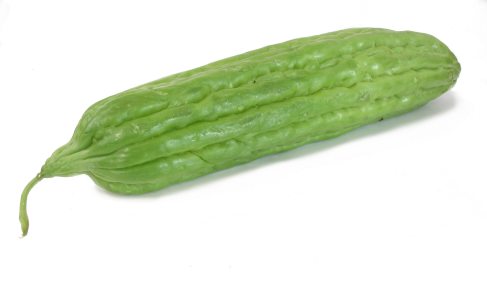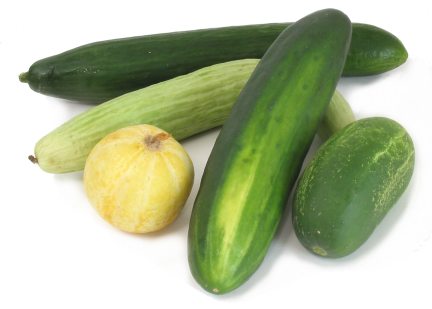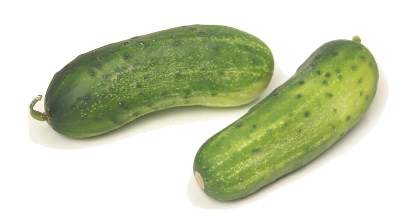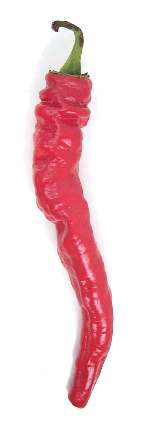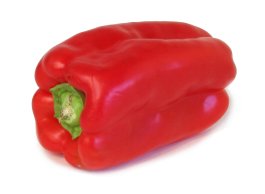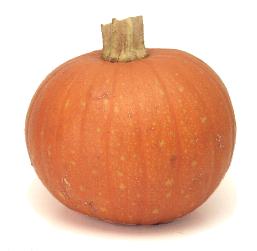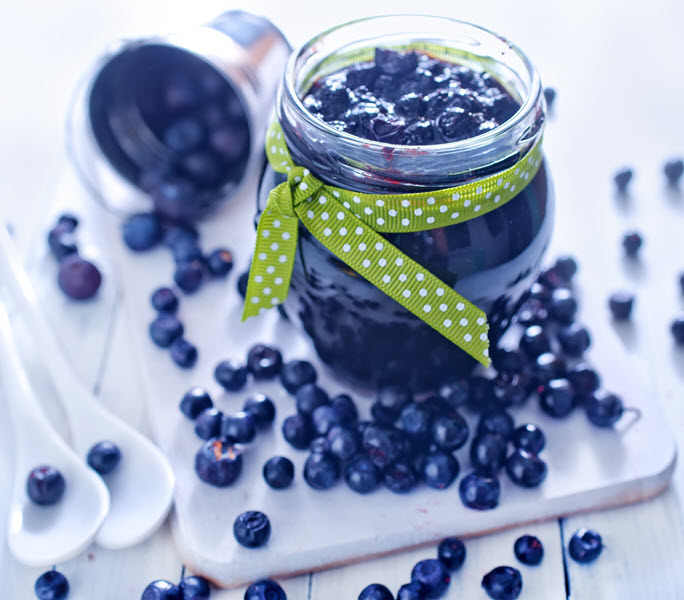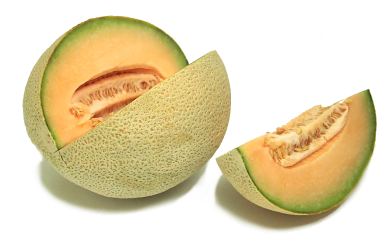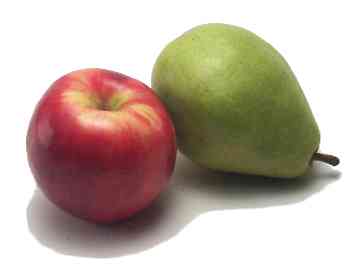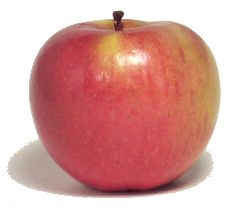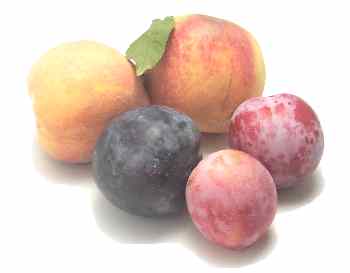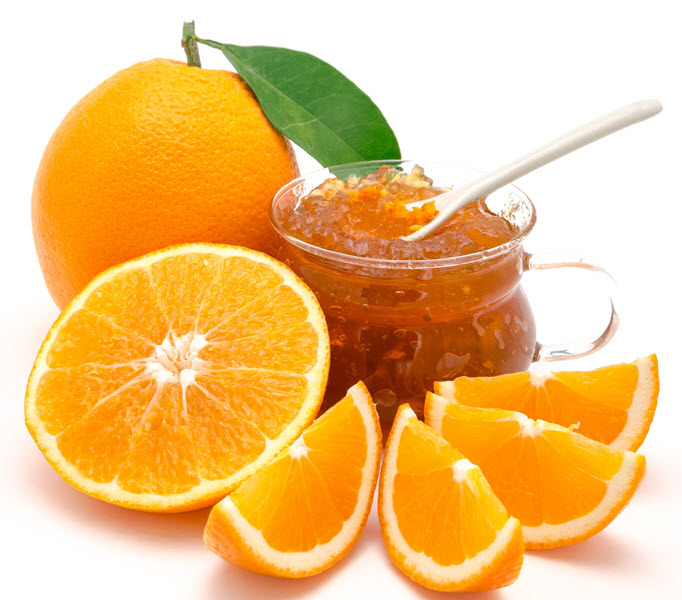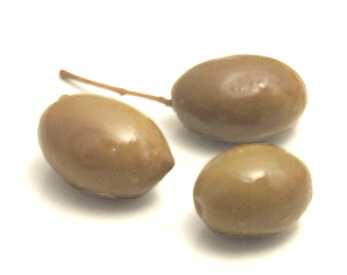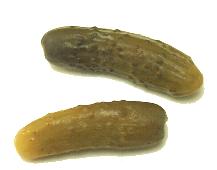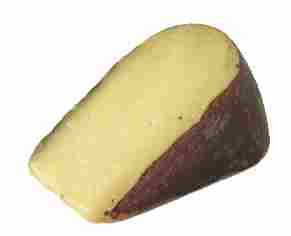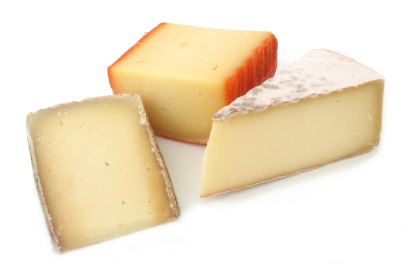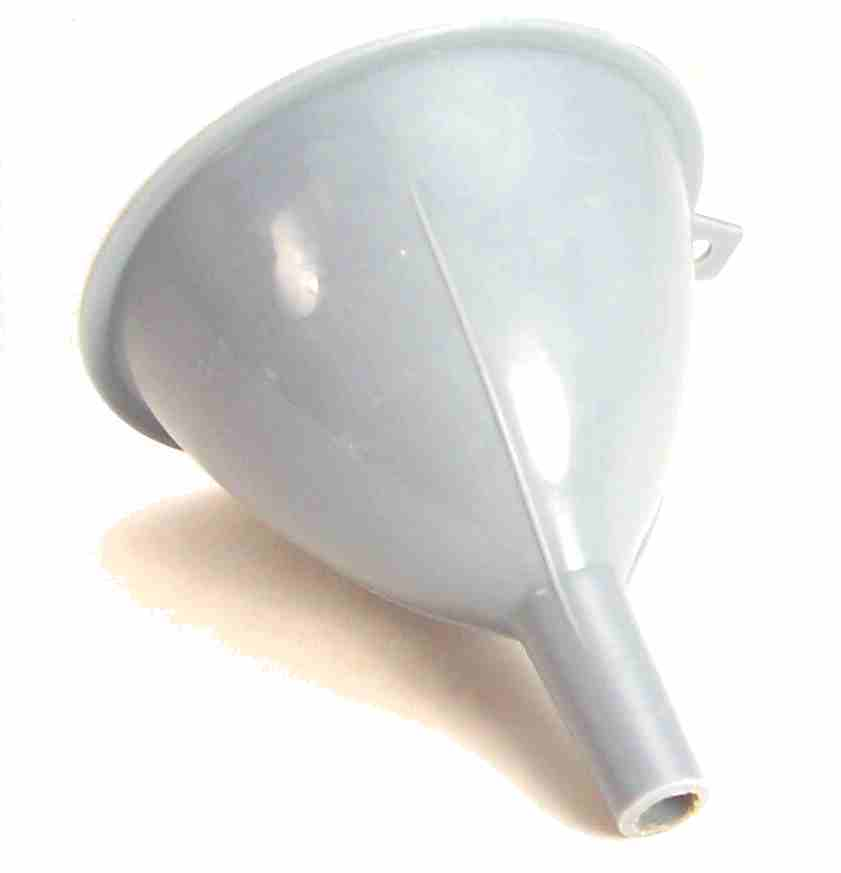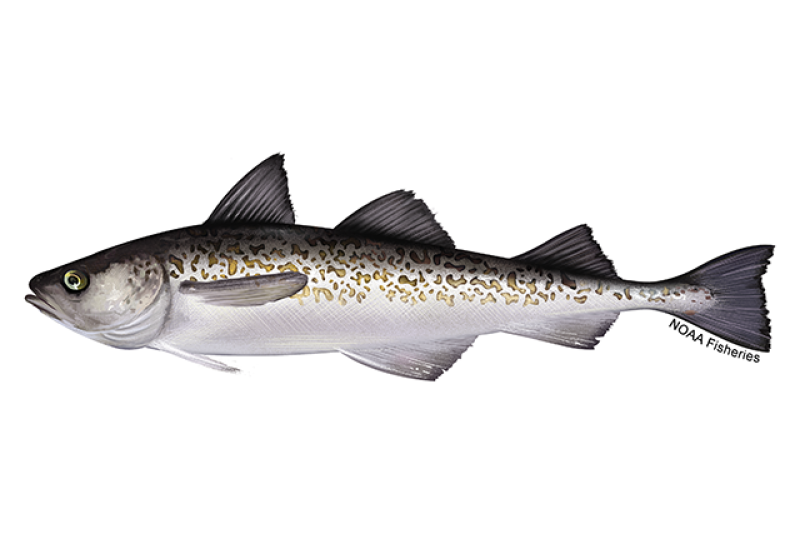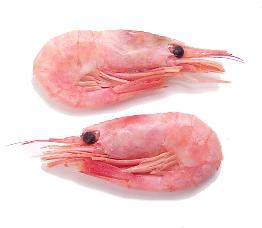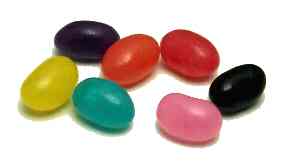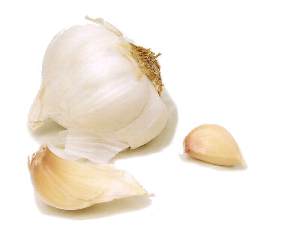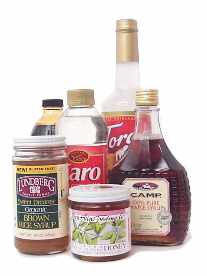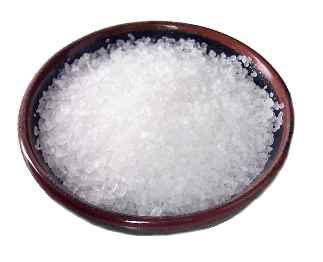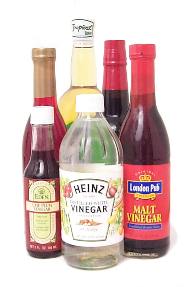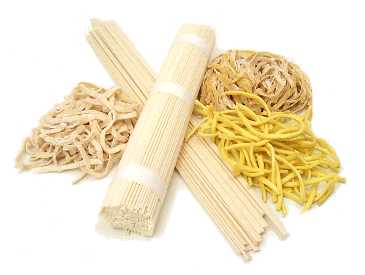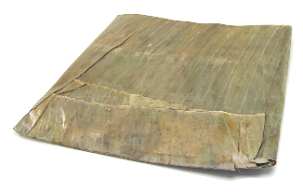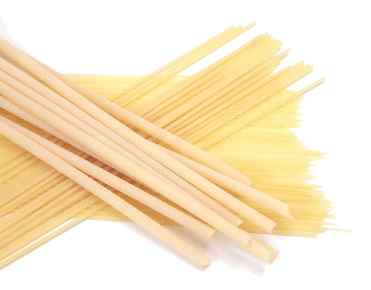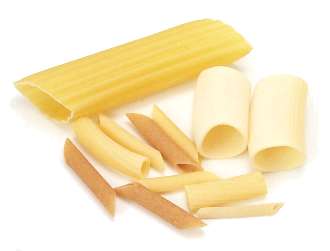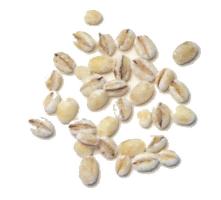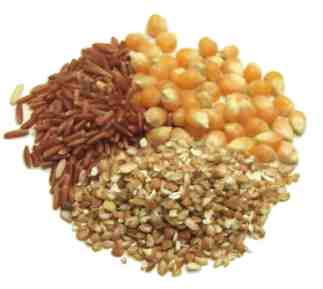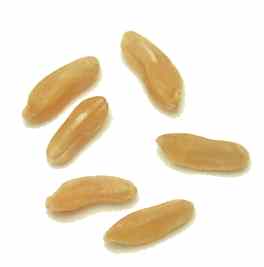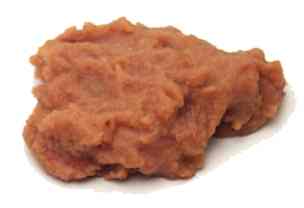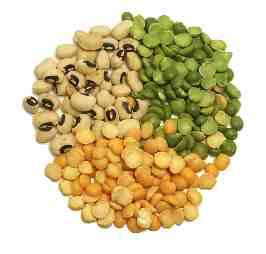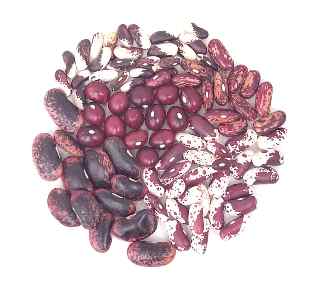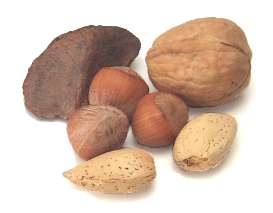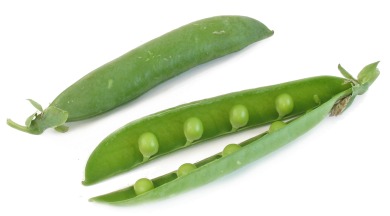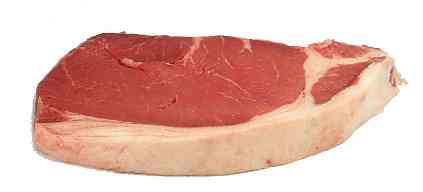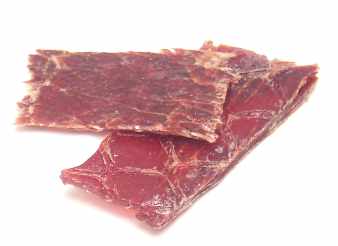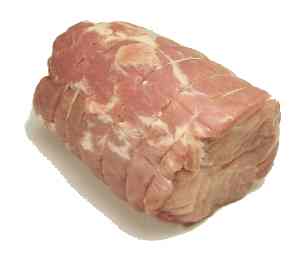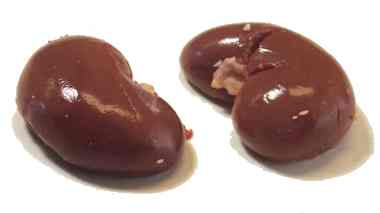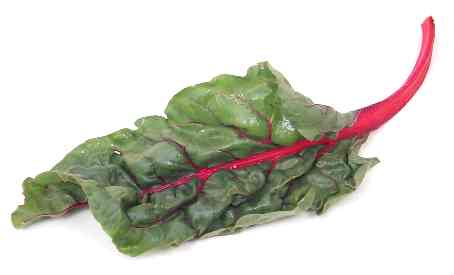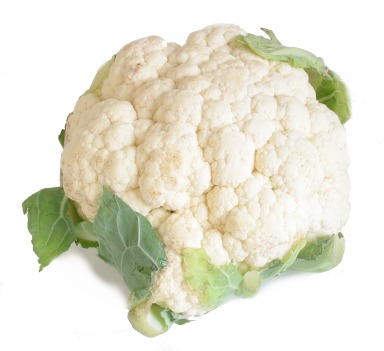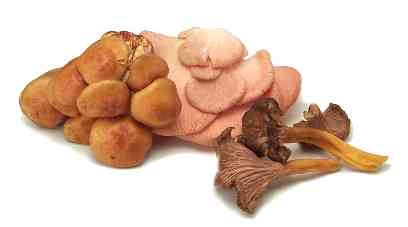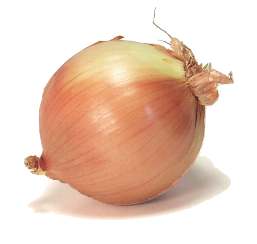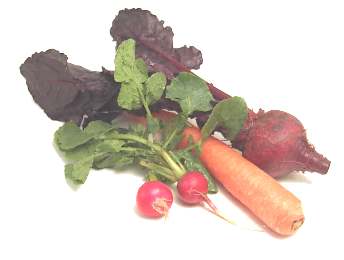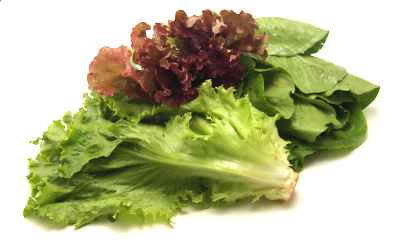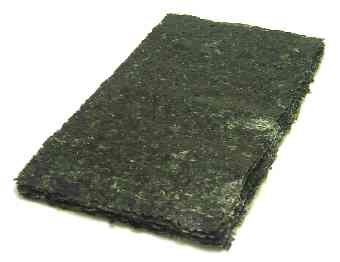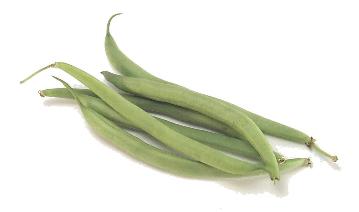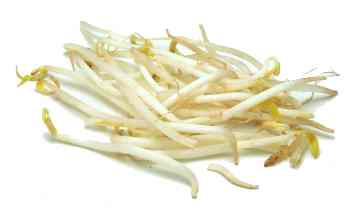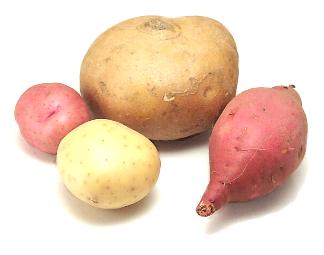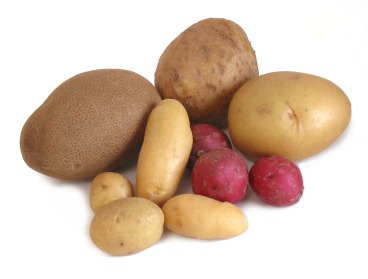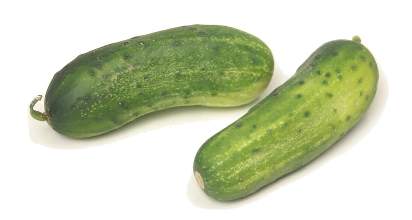Fruit Category

Includes berries, citrus fruit, melons, tropical fruit, and tomatoes
Fruits are the matured ovaries of plants, containing the seeds for the next generation of plants. Many plants cunningly make their fruits sweet, the better to attract animals like us to eat them and disperse the seeds. Fruits are often delicious enough to eat out of hand, but they can also be made into tarts, compotes, shakes, juices, preserves, liqueurs, and many other things.
honeydew melon
These large, choice melons have either green or orange flesh. As honeydews ripen, they turn from green to creamy white to yellow. Avoid green ones, but a creamy white one will (unlike other melons) ripen on your counter in a few days. A perfectly ripe honeydew will yield just a bit to pressure at the blossom end and have a sticky, velvety rind.
Learn moreHubbard squash
This variety has tasty flesh, but it's too large for many families to handle and the rind is hard to cut though. Some grocers cut them into smaller pieces before putting them out.
Learn morehuckleberry
These are similar to blueberries, and they're great for making preserves and syrups. Some specialty markets carry them in the summer.
Learn moreilama
Ilama are hard to find outside of Mexico or Guatamala. There are two types of Ilama fruit; white and pink.
Learn moreIndian bitter melon
This is fairly bitter. Choose melons that are bright green. They turn tough and yellow as they age. You can eat the peels and seeds, or scrape out the seeds to reduce the bitterness.
Learn moreItalian eggplant
These are smaller than American eggplants, but they're otherwise very similar.
Learn morejaboticaba
These resemble large, dark purple grapes, and they're very popular in Brazil. You can eat them like grapes, though you'll have to contend with thick, tart skins. You can also make delicious jams, jellies, and wines from them.
Learn morejabuticaba
Jabuticaba fruit is grape like about 1 to 2 inches in diameter. Under the thick skin is the sweet pink or white flesh.
Learn morejackfruit
This is the largest tree-borne fruit in the world--it weighs up to 100 pounds. It's hard to find fresh in the United States, but Asian markets sometimes stock canned jackfruit. The yellowish pulp tastes a bit like banana. The seeds can be boiled and eaten. Watch out for the sap--it can stain your clothes.
Learn morejalapeno pepper
These popular chilis have a good amount of heat and rich flavor. Green jalapenos are best in the late summer, while red jalapenos appear in the fall. Canned jalapenos aren't as fiery as fresh. When dried and smoked, this pepper is called a chipotle.
Learn moreJapanese chili
These small red chilis are hot, and similar to the chile de arbol. Before using them, soak them in warm water for a few minutes.
Learn moreJapanese cucumber
These are just like English cucumbers, only with bumps. Like English cucumbers, they don't have to be peeled or seeded.
Learn moreJapanese eggplant
Like other Asian eggplants, Japanese eggplants have thin skins, and a sweet, delicate flavor.
Learn moreJonagold apple
This crisp, juicy apple is a Jonathan-Golden Delicious cross. It's a bit tart and good for eating out of hand.
Learn moreJonathan apple
This tart apple is good for eating out of hand, though it has a fairly thick peel.
Learn morekabocha squash
This orange-fleshed winter squash has a striated green rind. It's sweeter, drier, and less fibrous than other winter squash, and it tastes a bit like sweet potatoes.
Learn morekaffir lime
Thai cooks use these golf ball-sized limes to give their dishes a unique aromatic flavor. Kaffir limes have very little juice, usually just the zest is used. The leaves are also used in Thai cooking.
Learn morekalamansi
The very sour kalamansi looks like a small round lime and tastes like a cross between a lemon and a mandarin orange. It's very popular in the Philippines.
Learn moreKalamata olives
You can find these popular Greek black olives in most large supermarkets. They're salty and have a rich, fruity flavor. These can be eaten out of hand, or used to make tapenades.
Learn moreKashmiri red chili dried
This mild Kashmiri chili is used in Indian cooking to add flavor and color.
Learn morekershaw squash
Kershaw squash is an heirloom squash. It is mostly grown in the American south. Kershaw squash was cultivated by native Americans.
Learn morekey lime juice
Freshly squeezed lime juice is vastly superior to what you'll find in bottles. Key limes and bottled key lime juice are widely available in the Southeast, and in specialty markets elsewhere. Liquor stores sometimes carry Rose's lime juice, which is sweetened key lime juice.
Learn morekimia dates
These dark kimia dates are grown widely in southern Iran. They are moist and soft.
Learn moreKirby cucumber
This short, versatile cucumber is used for both slicing and pickling. It's small, with bumpy yellow or green skin. Like the English cucumber, it has a thin skin and inconspicuous seeds.
Learn morekiwano
This melon has a gorgeous orange rind with spikes--poke a stick in it and you'd have a medieval mace for a Halloween costume. The yellow-green flesh has the consistency of jello, and tastes a bit like cucumbers.
Learn morekiwi fruit
This small, oblong fruit is has fuzzy brown skin and beautiful green flesh dotted with edible black seeds. It tastes like a cross between gooseberries and strawberries. It's very versatile--you can eat it as a snack, blend it into sauces or sorbets, or peel and slice it as a garnish. It also contains an enzyme that tenderizes meat. Select kiwis that are hard, and allow them to ripen at room temperature for a few days.
Learn morekokum
This Indian souring agent is made from dried mangosteen peels. It's often used in fish dishes. Look for it in Indian markets.
Learn morekumquat
These look like grape-sized oranges, and they can be eaten whole. The flavor is a bit sour and very intense. They peak in the winter months.
Learn morelamuyo pepper
This hard-to-find sweet pepper is smaller and sweeter than its cousin, the bell pepper, with which it's interchangeable.
Learn morelangsat
This sweet and sour fruit from Southeast Asia looks like a small potato. Don't eat the bitter seed inside.
Learn morelemon
This very sour citrus fruit is rarely eaten out of hand, but it's widely used for its juice, rind, and zest. Varieties include the Eureka lemon, which is what you're most likely to find in markets, the Lisbon lemon, which shows up in the winter and is smaller and smoother than the Eureka, and the trendy Meyer lemon, which is much sweeter and pricier than an ordinary lemon. When buying lemons, select specimens that are smaller, thin-skinned, and heavy for their size.
Learn morelemon cucumber
This versatile cucumber is sweet and flavorful, and doesn't have much of the chemical that makes other cucumbers bitter and hard to digest. Though it's often served raw, it's also a good pickling cucumber.
Learn morelemon marmalade
This is made by boiling the fruit and peel of lemons with sugar, pectin, and water. It manages to be bitter, sour, and sweet all at once, which many people find delightful.
Learn morelighter Bake
This is a mixture of pureed prunes and apples that serves as a fat substitute in baking.
Learn more




